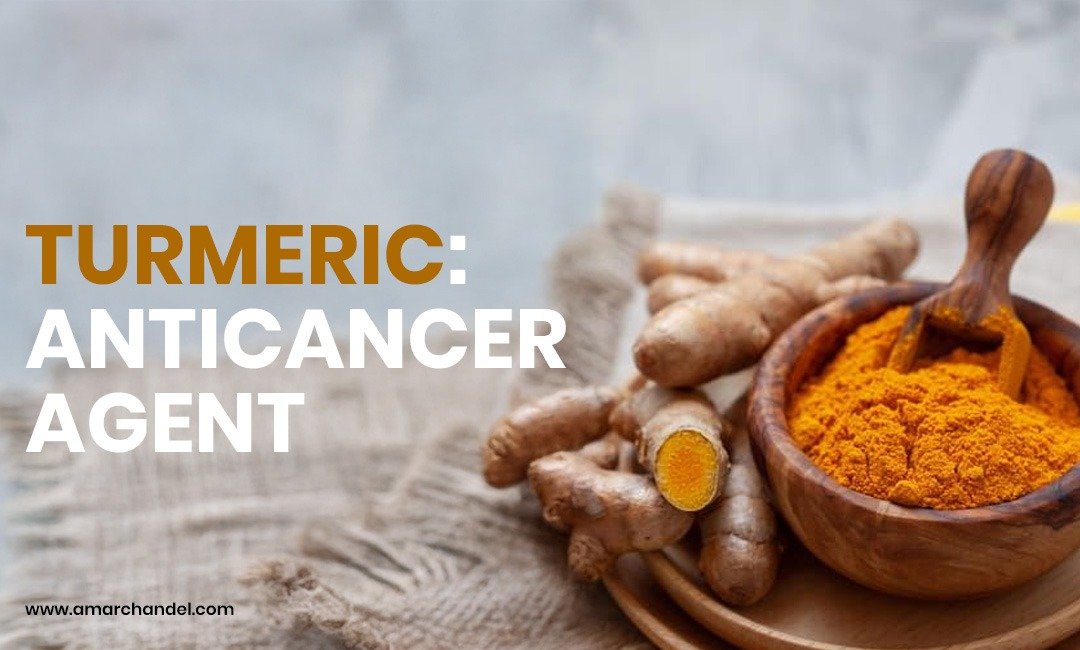Turmeric’s active compound, curcumin, long familiar in Indian kitchens, has been rigorously studied for its anticancer properties, especially when applied locally. For patients at high risk of colorectal cancer, clinical trials using oral curcumin or curcuminoid supplements demonstrated “significant reductions” in expression of cancer-linked biomarkers in colonic mucosa and a “reduction in the number and size of adenomas,” suggesting a reversal in precancerous progression (phase II trial of curcumin in colorectal neoplasia). These findings corroborate why colon-targeted oral curcumin shows more efficacy in early lesions than in deep-seated cancers, due to direct mucosal contact.
In India, where tobacco-associated oral premalignant lesions are widespread, curcumin has been trialled topically or as lozenges. A randomised phase II trial on oral leukoplakia reported that “3.6 g/day of curcumin for six months produced clinical and histologic responses in a significant fraction of patients, with minimal toxicity”. More recently, an Indian pilot trial investigating curcumin lozenges and gels for oral premalignant lesions noted promising response rates and excellent tolerability.
For cervical intraepithelial neoplasia (CIN), early phase I trials with intravaginal curcumin formulations found them “safe and well tolerated”, with no serious adverse events, laying the groundwork for future controlled studies. Although efficacy data remain limited, this local application logic—targeting the lesion site while avoiding systemic absorption issues—is compelling, especially in resource-limited settings.
Bladder cancers, accessible through the urinary tract, provide another niche for local curcumin use. Preclinical studies using cyclodextrin-curcumin complexes for intravesical administration have shown “potent anti-tumour activity in laboratory models,” suggesting a viable strategy for preventing recurrence in non-muscle-invasive bladder cancer. Translational clinical trials are awaited.
Regarding superficial/ulcerating tumours—those that have broken the skin or mucosa and are symptomatic—compassionate-use reports and small studies of topical turmeric or curcumin formulations (for example, turmeric with sandalwood oil in a cream) have documented that “90% of treated lesions had a reduction in smell” and “almost all had improvement in itching,” with lesions remaining dried in many cases and relief lasting for months. While these reports support dignity-enhancing symptomatic relief, they are anecdotal or uncontrolled and must be interpreted cautiously.

One major barrier that divides curcumin’s in vitro promise from its clinical reality is poor systemic bioavailability. After oral ingestion, curcumin’s absorption is limited, metabolism rapid, and elimination is swift—resulting in “tiny amounts” reaching the bloodstream and distant tissues. That explains why local delivery routes—such as intravaginal gels, intravesical instillation, oral lozenges, and topical creams—are increasingly explored to ensure adequate tissue concentrations.
Consequently, researchers have turned to advanced delivery systems, including liposomal curcumin, polymeric and solid-lipid nanoparticles, and other formulations designed to enhance mucosal penetration and retention. Reviews of these platforms emphasise their potential to improve curcumin’s tissue availability and biological activity compared to crude powder, and Indian research groups are actively developing affordable versions of such formulations for future trials.
Safety remains a key concern. Although curcumin is generally well-tolerated, it has drug interaction potential—it can potentiate anticoagulants and modulate drug-metabolism pathways—and high oral doses may cause gastrointestinal disturbances. Early-phase intravaginal and topical studies report acceptable safety profiles, but long-term mucosal effects are unknown. Crucially, current evidence supports curcumin as an adjunct to standard cancer treatments, not a replacement.
From an India-centric perspective, the epidemiology supports focused research: India faces a high burden of oral leukoplakia, cervical precancers in underserved regions, and bladder cancer in occupationally exposed populations. Conducting larger randomised controlled trials, using locally manufacturable lozenges, mucoadhesive gels, intravesical preparations, and integrating robust biomarkers, will be essential to move curcumin from an “indigenous remedy” to an evidence-based oncologic adjunct.
In summary, curcumin’s journey from kitchen spice to anticancer agent is real but partial. The strongest present evidence supports premalignant gut and oral lesions, emerging feasibility data support intravaginal and bladder applications, and compassionate reports validate symptom relief for ulcerating lesions. Poor systemic bioavailability makes local delivery critical, and novel formulations offer promise. However, until rigorous trials demonstrate safety and efficacy and standardised topical products become available, curcumin should remain a research adjunct, not a replacement for proven cancer therapies, especially in the Indian context.
References
• Phase II colorectal adenoma study showing biomarker reduction:
• Randomised trial of oral leukoplakia with curcumin 3.6 g/day:
• Indian pilot trial of curcumin lozenges for oral premalignant lesions:
• Phase I intravaginal curcumin application: safety data:
• Preclinical intravesical curcumin bladder cancer models:
• Topical curcumin/turmeric creams in ulcerating lesions: smell, itch relief data:
• Review on curcumin bioavailability challenges:
• Delivery platforms (liposomal/nano formulations) for improved penetration:
• Safety, interactions, adjunctive role of curcumin:
• Indian epidemiology and rationale for local curcumin trials:


Give a Reply